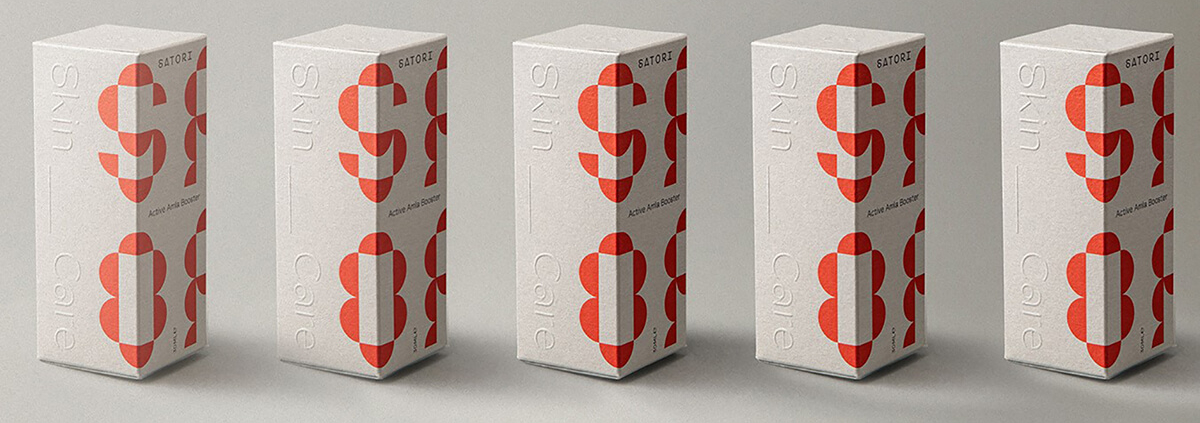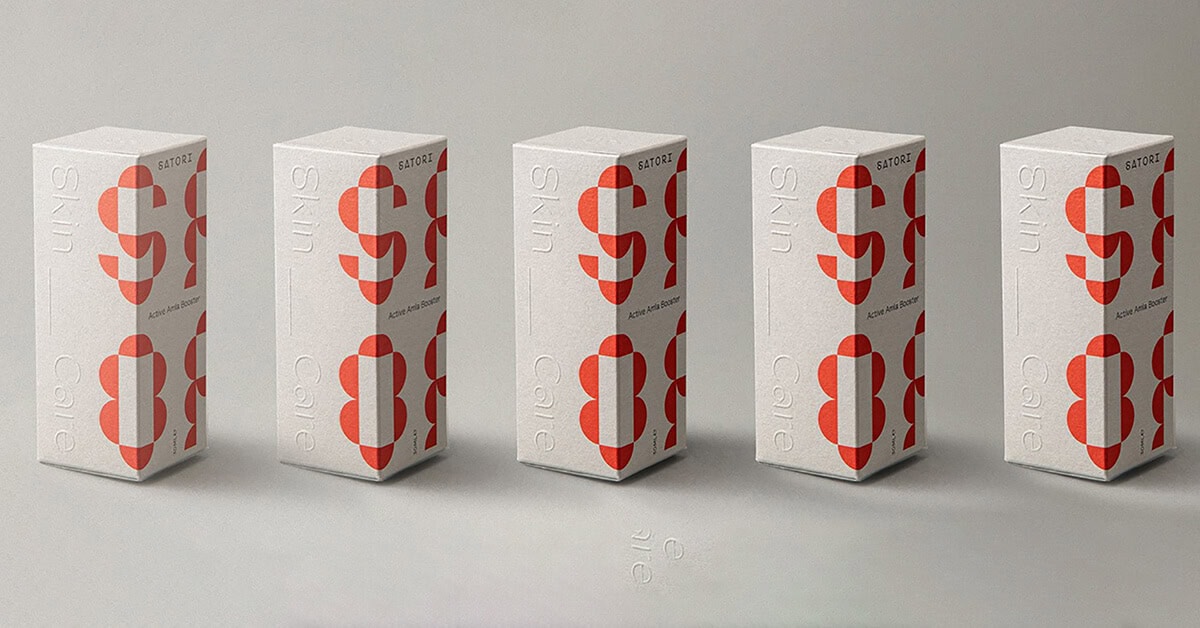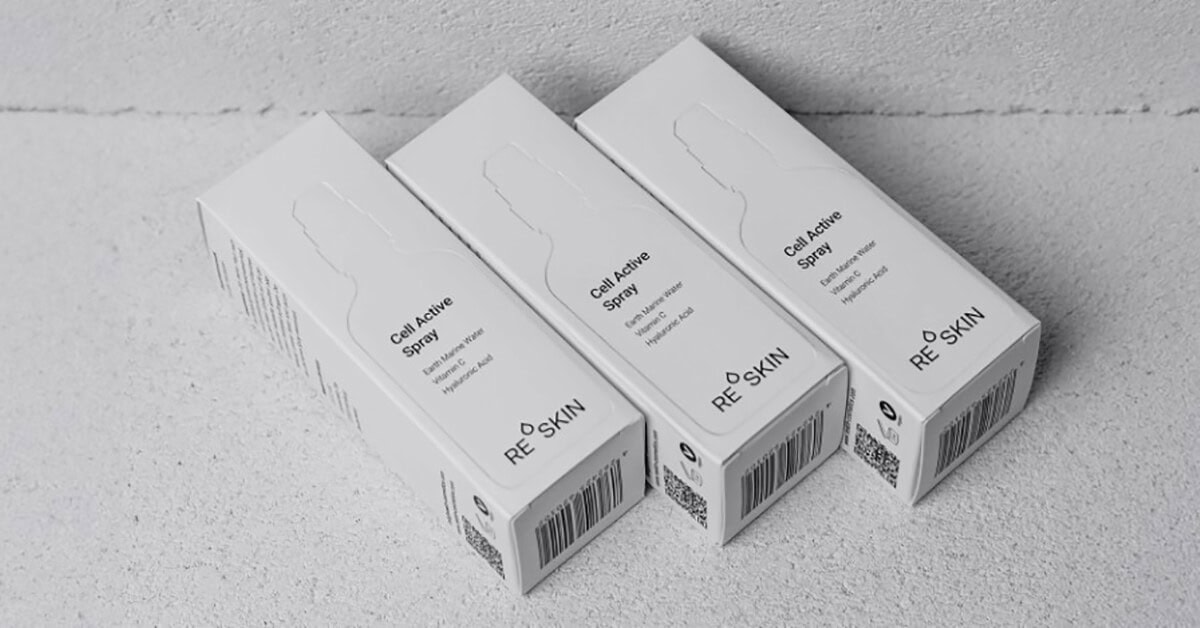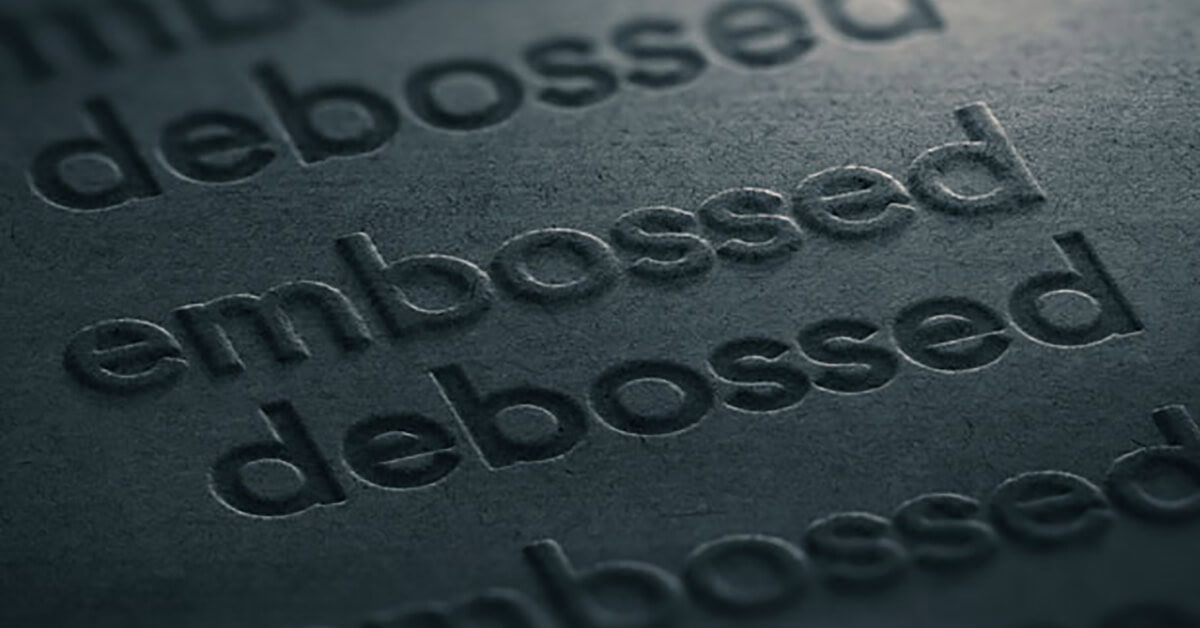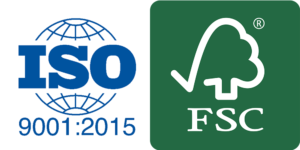Elevating Cosmetic Packaging with Embossing and Debossing
Cosmetic packaging is the first touchpoint with your consumer, making a memorable visual and tactile impression essential. Embossing and debossing are two techniques that can transform cosmetic packaging boxes into luxurious, attention-grabbing pieces that stand out on the shelves.
1. Embossing for Visual Pop
Embossing is particularly effective in cosmetic packaging for highlighting brand names, logos, or other key elements.
This technique can make the packaging feel more premium and upscale, which is essential for products in the beauty industry that want to convey luxury and quality.
Custom Serum Boxes with Embossed Logo
An embossed logo or pattern on a cosmetic box not only catches the eye but also encourages physical engagement, as customers are naturally drawn to touch and feel the raised design.
This sensory interaction enhances the overall user experience, making the product more memorable.
2. Debossing for Subtle Sophistication
Debossing, on the other hand, offers a more understated elegance.
It’s ideal for brands that prefer minimalism or want to convey a sense of refined sophistication.
Serum Box Packaging with Debossing Design
Debossed designs on cosmetic packaging can create a unique visual and tactile effect that exudes class and exclusivity. This technique works exceptionally well for high-end cosmetics, where subtlety in branding can signify the product’s quality and premium nature.
Debossing can also be used to create tactile guides or features on the packaging, making it more accessible and user-friendly, an aspect increasingly important in inclusive design.
3. Is Embossing or Debossing Better?
Whether embossing or debossing is better for your packaging depends on the aesthetic and tactile experience you want to provide.
Embossing creates a raised design on the surface, adding a touch of luxury and dimensionality that can catch light and shadow, enhancing the visual appeal. It’s particularly effective for highlighting logos or important text, making them stand out.
On the other hand, debossing presses the design into the material, creating a subtle, sophisticated indentation. This technique offers a unique tactile experience and can convey an understated elegance.
Both techniques have their merits, so the choice between embossing and debossing should be guided by your brand identity and the message you want to convey through your packaging.
If your goal is to create an impression of opulence and catch the customer’s eye, embossing might be the way to go.
However, if you prefer a refined, minimalist look that invites touch, debossing could be more suitable.
Ultimately, both methods can significantly enhance the unboxing experience, making your product memorable. Consider your brand’s overall aesthetic and how you want your customers to feel when they interact with your packaging to make the best choice.
4. Combining Techniques for Maximum Impact
For brands looking to make a bold statement, combining embossing and debossing within the same packaging design can create an unparalleled level of depth and intrigue.
This dual approach can delineate different elements of the packaging, such as combining a debossed background with an embossed logo, creating a striking contrast that is visually appealing and engaging to the touch.
5. Material Considerations
When applying these techniques to cosmetic packaging, the choice of material can greatly affect the outcome.
Heavier, more pliable paper stocks or soft plastics can better accommodate the depth and detail of embossing and debossing, resulting in a more pronounced effect.
Additionally, considering sustainable and eco-friendly materials can appeal to environmentally conscious consumers, further enhancing the brand’s image and appeal.
Tips For Choosing Printing Materials For Gift Boxes
6. Designing for Impact
Designing for embossing or debossing requires a thoughtful approach to ensure the final product achieves the desired effect.
For cosmetic packaging, this might mean focusing on key brand elements, using texture to guide consumer interaction with the product, or creating a visually appealing pattern that invites touch.
It’s also important to work closely with the printer or your packaging manufacturer like CustomBeautyBox to understand the limitations and possibilities of these techniques, ensuring the design is both beautiful and manufacturable.
7. Conclusion: A Touch of Luxury
In the world of cosmetics, where presentation is everything, embossing and debossing offer powerful tools to make packaging stand out.
These techniques add a tactile dimension that can significantly enhance the consumer’s experience, making your product not just seen but felt.
Whether aiming for the bold impact of embossing or the subtle elegance of debossing, incorporating these techniques into cosmetic packaging design can elevate your brand and entice consumers to engage, explore, and ultimately purchase your product.
Which do you prefer: embossing or debossing?
Feel free to contact us for any packaging questions. We’re always willing to help!

